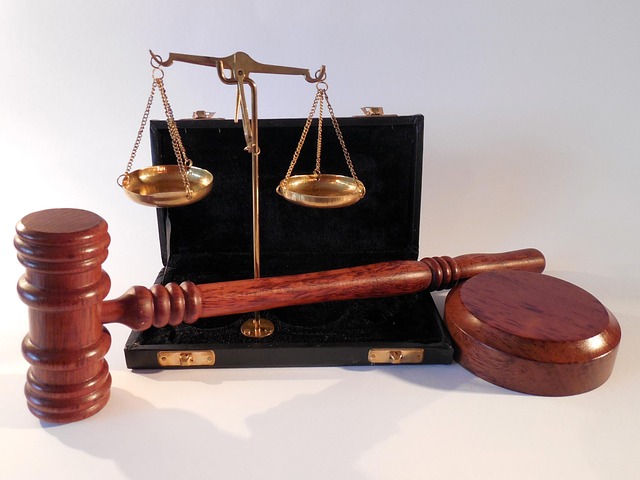Securities Class Actions leverage federal and state regulations to protect investors from fraud using evidence similar to criminal trials (Examples of Evidence in Criminal Trials), including financial records, corporate communications, and expert opinions. This process aims to hold wrongdoers accountable, compensate affected investors, deter future misconduct, and promote market integrity. Successful lawsuits require robust evidence presentation and strategic legal leadership from experienced attorneys.
Securities class actions are a powerful legal tool for investors, enabling collective litigation against entities that have engaged in fraudulent or illegal activities. This article explores the intricate world of securities class actions, focusing on the legal framework and key elements required for success. We delve into specific examples of evidence presented in criminal trials, analyzing their impact and significance in securing justice for affected investors. Understanding these aspects is crucial for navigating this complex landscape.
- Understanding Securities Class Actions: A Legal Framework
- Key Elements of Successful Class Action Lawsuits
- Examples of Evidence in Criminal Trials: Impact and Analysis
Understanding Securities Class Actions: A Legal Framework

Securities Class Actions involve a collective legal strategy where investors join forces to pursue damages against entities responsible for securities fraud or misconduct. This powerful mechanism is underpinned by a robust legal framework designed to protect investors and promote fairness. At its core, this framework relies on federal and state laws that govern securities regulations and enforcement.
The process begins with the gathering of evidence, akin to examples used in criminal trials, across the country. This includes financial records, corporate communications, and expert opinions. The general criminal defense strategy is then adapted to navigate all stages of the investigative and enforcement process, aiming to hold wrongdoers accountable and secure compensation for affected investors. Such actions not only seek to rectify past injustices but also serve as deterrents, ensuring market integrity and transparency in future dealings.
Key Elements of Successful Class Action Lawsuits

Successful securities class action lawsuits hinge on several key elements. Firstly, robust and convincing examples of evidence are paramount. Similar to criminal trials, where compelling evidence such as eyewitness testimonies, physical clues, or forensic analysis can sway juries, securities cases rely on extensive documentation, internal communications, financial records, and expert analyses. These examples of evidence in criminal trials serve as the backbone for demonstrating fraudulent activities, misrepresentations, or breaches of fiduciary duty.
Secondly, strong leadership from experienced attorneys is crucial. Winning challenging defense verdicts in high-stakes cases demands a deep understanding of complex securities laws, financial markets, and strategic courtroom presentation. Lawyers must adeptly navigate the nuances of corporate and individual clients involved, ensuring their arguments are clear, compelling, and legally sound. This combination of thorough evidence and expert legal representation significantly increases the likelihood of achieving favorable outcomes for class action plaintiffs.
Examples of Evidence in Criminal Trials: Impact and Analysis

In criminal trials, particularly those involving white collar and economic crimes, the presentation of compelling evidence is paramount for achieving a favorable outcome. Examples of evidence can range from financial records, emails, and text messages that demonstrate fraudulent activities to expert witness testimonies explaining complex schemes. These pieces of evidence not only provide a clear picture of the alleged offenses but also help jurors understand the intent behind them, which is crucial in determining guilt or innocence.
The impact of robust evidence in these cases extends beyond just securing winning challenging defense verdicts. It ensures that justice is served by presenting a comprehensive and unbiased view of the facts. Furthermore, it enables judges and juries to navigate the intricate white collar defense strategies employed by accused individuals, ultimately facilitating a more informed decision-making process.
Securities class actions, grounded in a robust legal framework, hinge on key elements like compelling evidence and strong leadership. Examining examples of evidence in criminal trials offers valuable insights into building successful cases. By understanding the tapestry of legal strategies and leveraging impactful proof, plaintiffs can navigate this complex landscape, ensuring justice for wronged investors.






